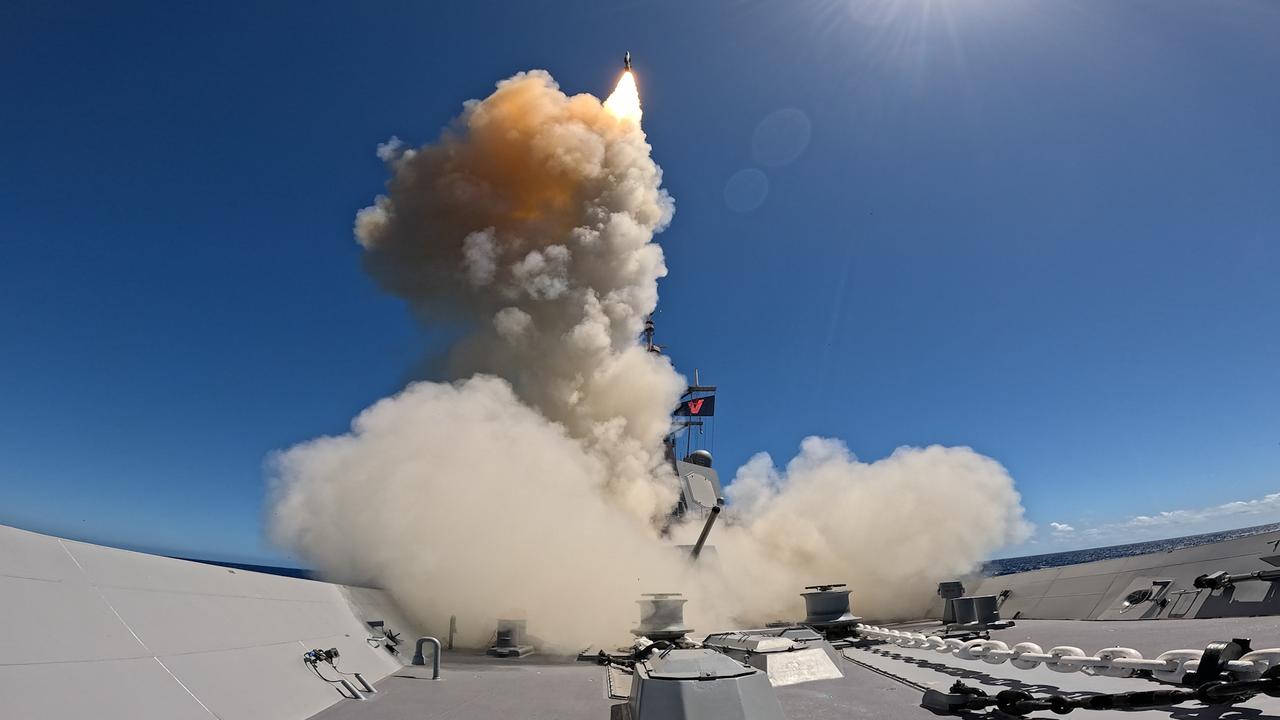High and dry: NZ earthquake lifted sea bed by up two metres
NEW Zealand’s earthquake has left the sea bed high and dry, exposing alien-like rock formations as aftershocks continue.
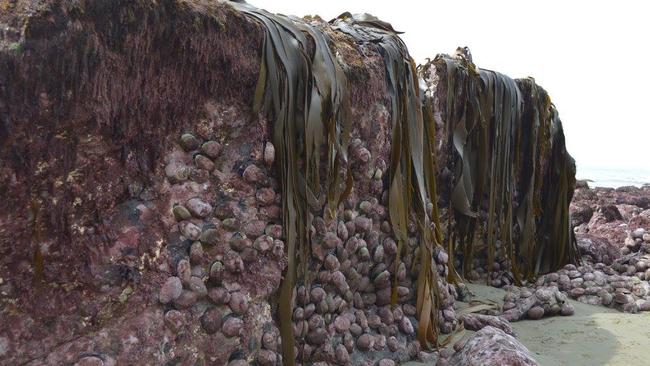
World
Don't miss out on the headlines from World. Followed categories will be added to My News.
LOOKING like something out of a sci-fi movie, these alien-like rocks have seemingly crawled out of the sea in the wake of the monster magnitude 7.8 earthquake which shook New Zealand on Monday.
The quake has lifted the seabed by up to two metres in some places, both intriguing and puzzling scientists. It's visible, if slightly unnerving and surreal evidence of what has gone on far beneath the earth’s surface.
The damage, north of Kaikoura on the coast of New Zealand’s south island has exposed the seaweed strewn rocks, pushing them onto the beach and into the open air.
They show the abalone-covered seabed now exposed metres above the ground, and other sealife which won’t survive in the open air.
Experts believe it’s the first time an earthquake has resulted in the seabed around New Zealand to lift, according to Stuff.
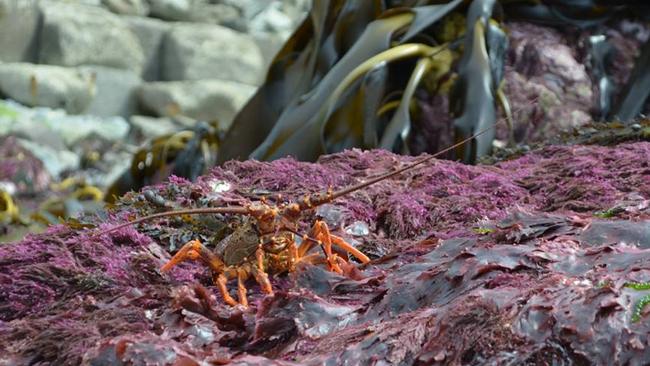
And it provides a valuable opportunity for scientists and geologists, marine geologist Dr Joshu Mountjoy told the website.
Co-seismic movement, the seismic release of energy along a fault, was behind the phenomenon, he said.
While some faults move side-to-side, others move vertically and the after-effects from the most recent earthquake look as if they moved vertically and pushed land upwards.
“I’ve never seen it before during an earthquake and it’s the first time we’ve seen something like this,” Mountjoy said.
‘It will take a while before this becomes normal again.”
The quake has thrust up the seabed by metres in some places, meaning the whale watching boats that once lucratively plied Kaikoura Harbour may no longer be able to dock there.
The ocean floor has altered to such an extent that the impact on marine life is unclear, casting a shadow over the local fishing industry.
“It is clear that if we don’t move quickly, much of the employment in the area will dry up,” Economic Development Minister Steven Joyce said.
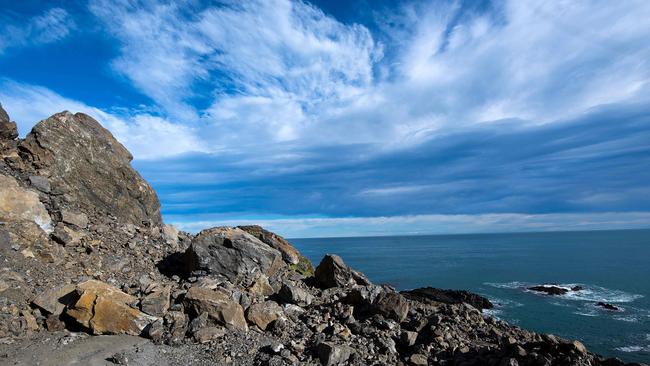
TEARS AND HUGS
Meanwhile, there have been tears and hugs as “shell-shocked” tourists who were stranded for days by a massive 7.8 earthquake finally disembarked safely from a warship.
The HMNZS Canterbury docked just outside Christchurch carrying about 450 holiday-makers, who gingerly made their way down the ship’s gangplanks in the darkness clutching suitcases and backpacks.
They were the last of about 1000 travellers trapped in the disaster zone when Monday’s tremor devastated parts of the South Island coast and killed two people.
“They’re a little bit shell-shocked over the last few days,” the ship’s commander Simon Rooke told Radio NZ as it steamed away from the seaside town of Kaikoura, which bore the brunt of the tremor.
“Now they’re in a safe environment I think they’re making the most of it for the first time in over 24 hours, being able to relax, even if only a little bit.
“Some people are quite quiet, others are quite bubbly and want to tell us all sorts of things ... I’ve had a couple of tears and couple of cuddles and thanks.” The ship’s arrival was the culmination of a mass evacuation operation that swung into action after huge landslides cut road and rail access to Kaikoura.

The rest of the tourists, mostly international backpackers attracted by the region’s renowned whale watching, were choppered out on Tuesday and Wednesday.
More warships from the United States, Canada and Australia have arrived at Kaikoura to provide emergency supplies and logistic support.
The tremor, the second most powerful ever recorded in New Zealand, caused major infrastructure damage when it hit just after midnight Monday.
It tore apart roads and buckled rail tracks, as well as triggering an estimated 100,000 landslides that will take months to remove.
With the South Island’s main highway blocked by mountains of rocky debris in several places, Transport Minister Simon Bridges said the repair bill was likely to run into billions of dollars.
“These (land) slips are massive ... there will need to be some realignment, there will need to be complex engineering work,” he told TV3.
AFTERSHOCKS CONTINUE
With the area set to remain isolated as peak tourist season approaches, the government announced an economic support package to help local businesses survive.
More than 2,000 aftershocks, some measuring over 6.0, are complicating the clean-up.
The tremor was felt across the country, causing violent shaking in Wellington about 250 kilometres (155 miles) away.
The capital was initially thought to have escaped serious damage but subsequent inspections have raised concerns about some 60 downtown buildings, which have been sealed off.
At least one has been rated an imminent threat of collapse and will be carefully demolished, while another was a new government office block that was supposed to be quake-proof.
Engineers were carrying out painstaking inspections, mindful of building failures during a 6.3 earthquake in Christchurch five years ago that killed 185 people.
New Zealand is on the boundary of the Australian and Pacific tectonic plates, which form part of the so-called “Ring of Fire”, and experiences up to 15,000 tremors a year.
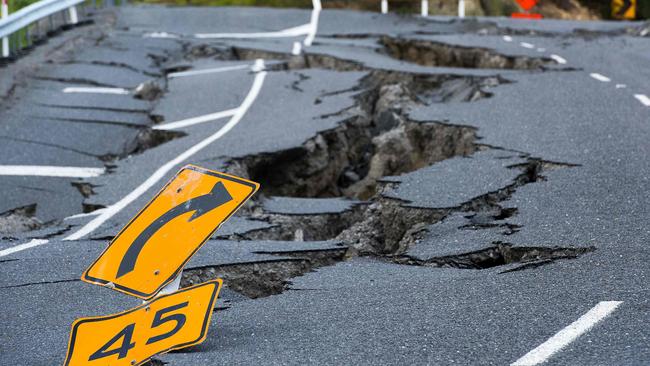
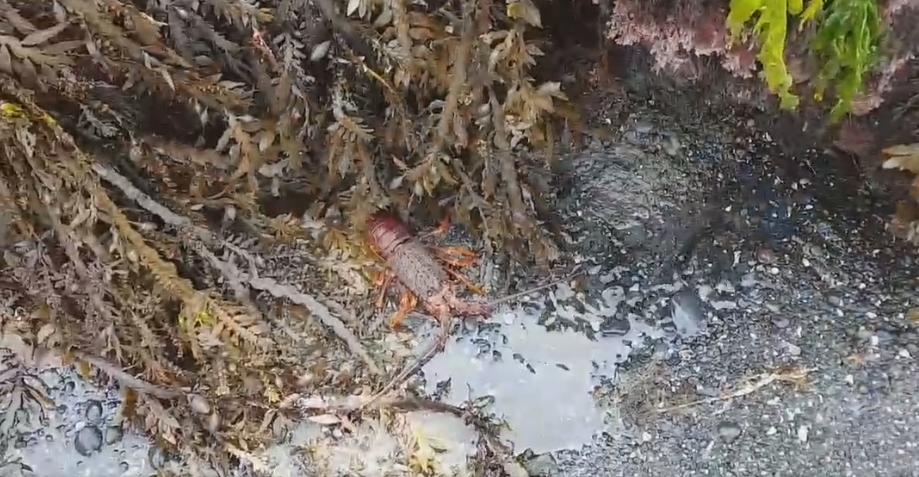
Originally published as High and dry: NZ earthquake lifted sea bed by up two metres


